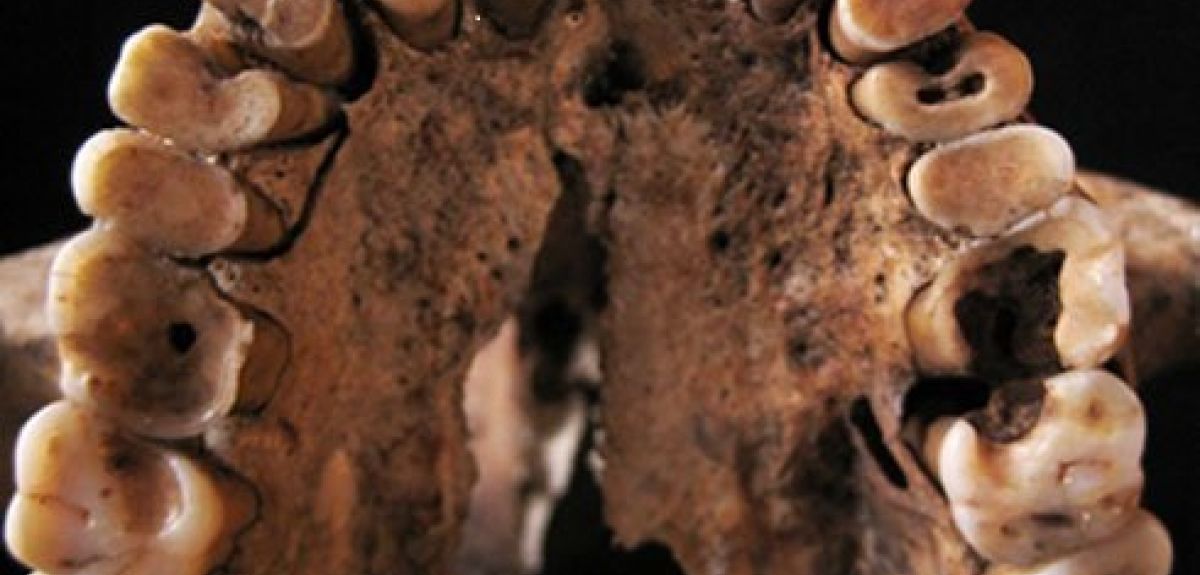
Starchy food led to rotten teeth in ancient hunter-gatherers
A diet rich in starchy foods may have led to high rates of tooth decay in ancient hunter-gatherers, says a new study published in the Proceedings of the National Academy of Sciences.
Research by a team from Oxford University, the Natural History Museum, London, and the National Institute of Archaeological Sciences and Heritage (INSAP) in Morocco challenges the long-held view that dental disease was linked to the advent of farming. Their research shows widespread tooth decay occurred in a hunter-gathering society in Morocco several thousand years before the dawn of agriculture.
The research team analysed 52 sets of adult teeth from hunter-gatherer skeletons found in Taforalt in Morocco, dating between 15,000 and 13,700 years ago. Unexpectedly, they found evidence of decay in more than half of the surviving teeth, with only three skeletons showing no signs of cavities. Previously, scholars had thought that high rates of dental disease were associated with agricultural societies that grew domesticated plant crops.
Archaeological deposits at Taforalt include a deep ashy layer with exceptionally well preserved charred plant remains. Excavations revealed evidence of the systematic harvesting and processing of wild foods, including sweet acorns, pine nuts and land snails.
Professor Nick Barton of the Institute of Archaeology at the University of Oxford, and a co-director of the excavations at Taforalt, said: 'This study reveals for the first time that at both ends of the Mediterranean, hunter-gatherers had started to eat a variety of different foods and were becoming more settled long before the advent of farming. It is clear changes happened on a very wide scale and we must now consider whether climate change was the major contributory factor.'
Dr Isabelle de Groote from the Natural History Museum said: 'These people's mouths were often affected by both cavities in the teeth and abscesses, and they would have suffered from frequent toothache.'
Jacob Morales, the team's palaeobotanist, added: 'We use the charred fragments to identify plants that were carried back to the cave, including foods items such as acorns and pine nuts, and grasses that were used to make baskets.'
Lead researcher Dr Louise Humphrey, human origins researcher at the Natural History Museum, said: 'A reliance on edible acorns as a staple food could account for the high prevalence of cavities in the teeth found at Taforalt since eating fermentable carbohydrates is a key factor in the initiation and progression of this disease.
'The acorns may have been boiled or ground to make flour; cooking the acorns would have added to their stickiness, and abrasive particles from grindstones contributed to rapid tooth wear so that caries started to form on the roots of the teeth.'
 Expert Comment: Chatbot-driven sexual abuse? The Grok case is just the tip of the iceberg
Expert Comment: Chatbot-driven sexual abuse? The Grok case is just the tip of the iceberg
 New study finds that stopping weight-loss drugs is linked to faster regain than ending diet programmes
New study finds that stopping weight-loss drugs is linked to faster regain than ending diet programmes